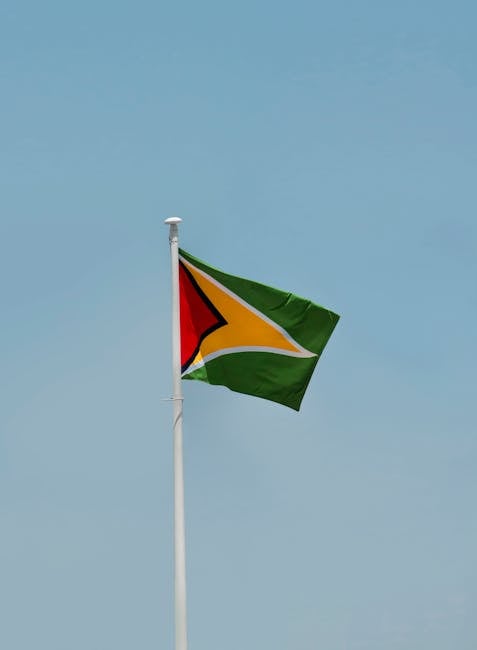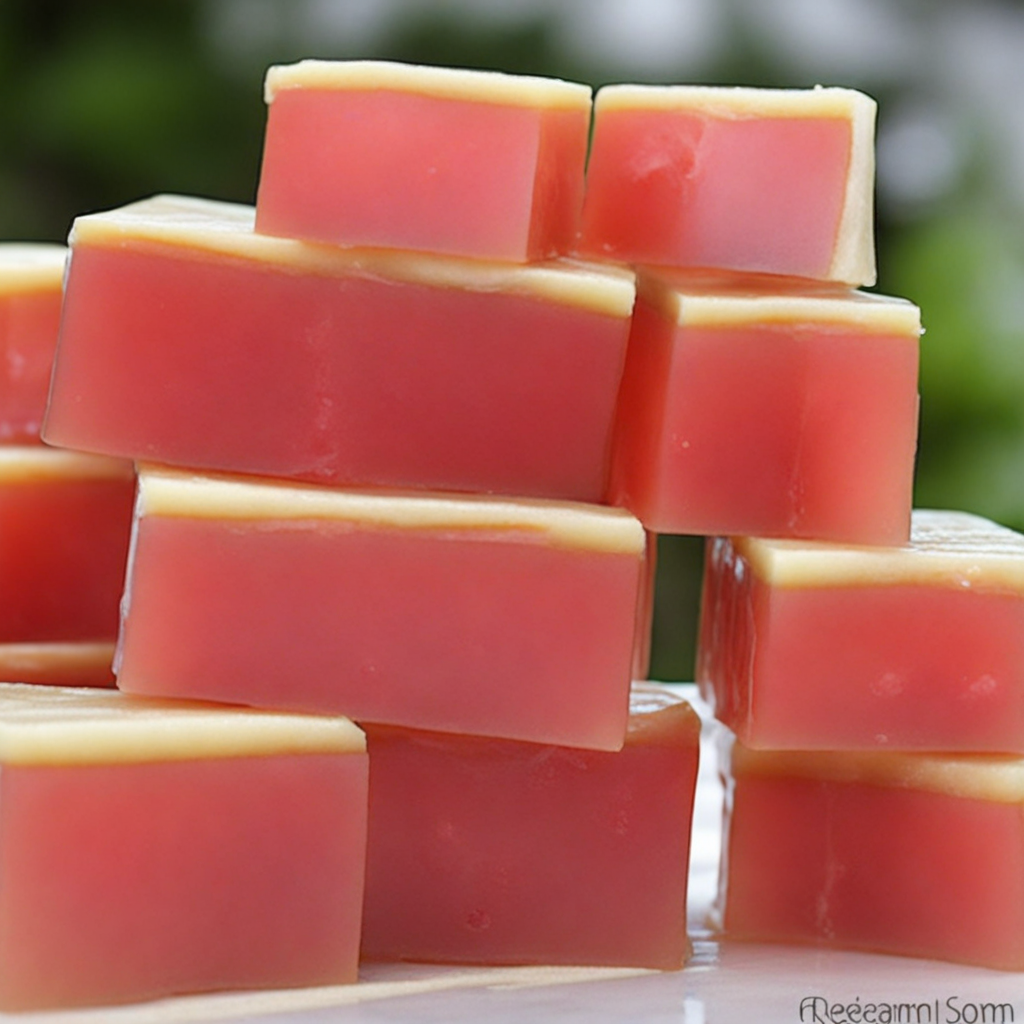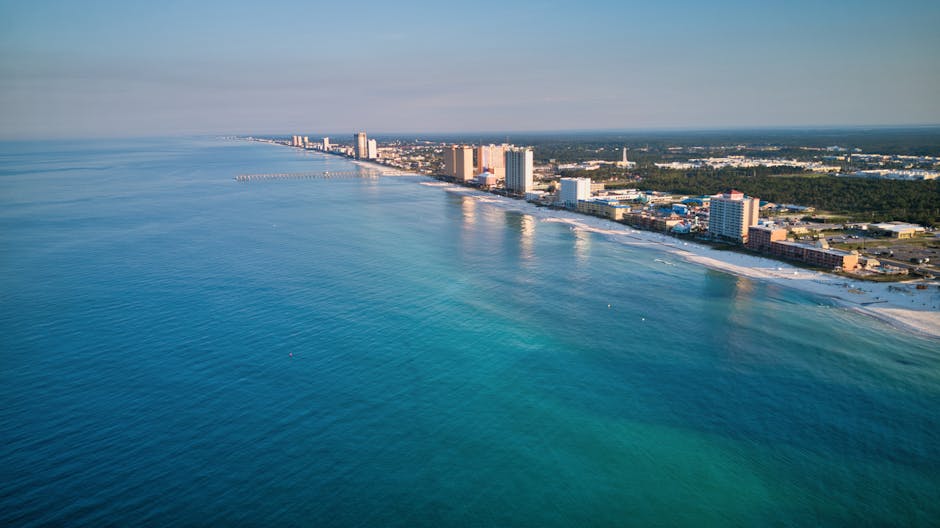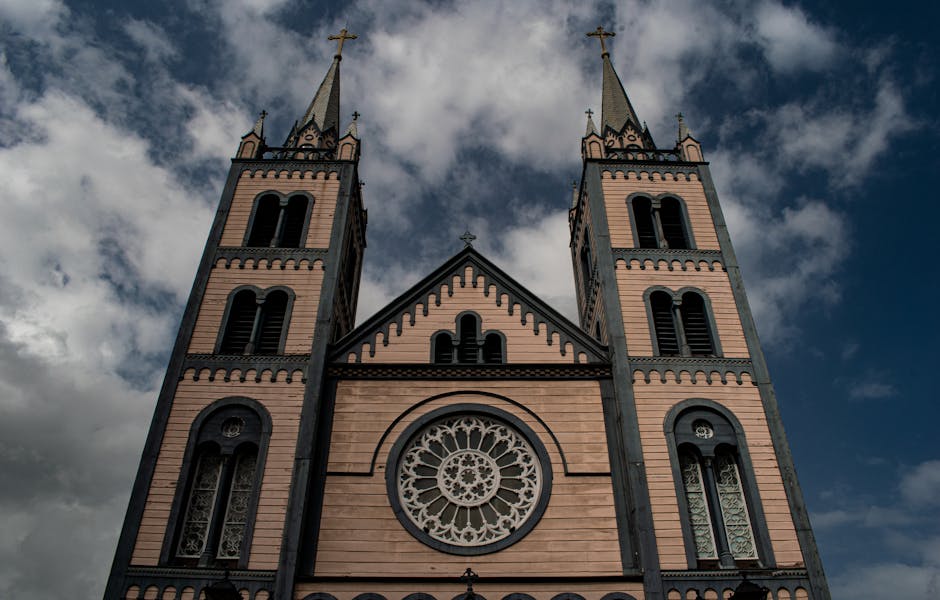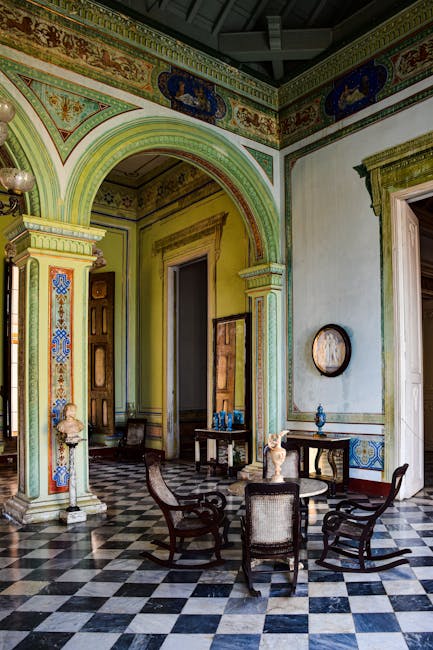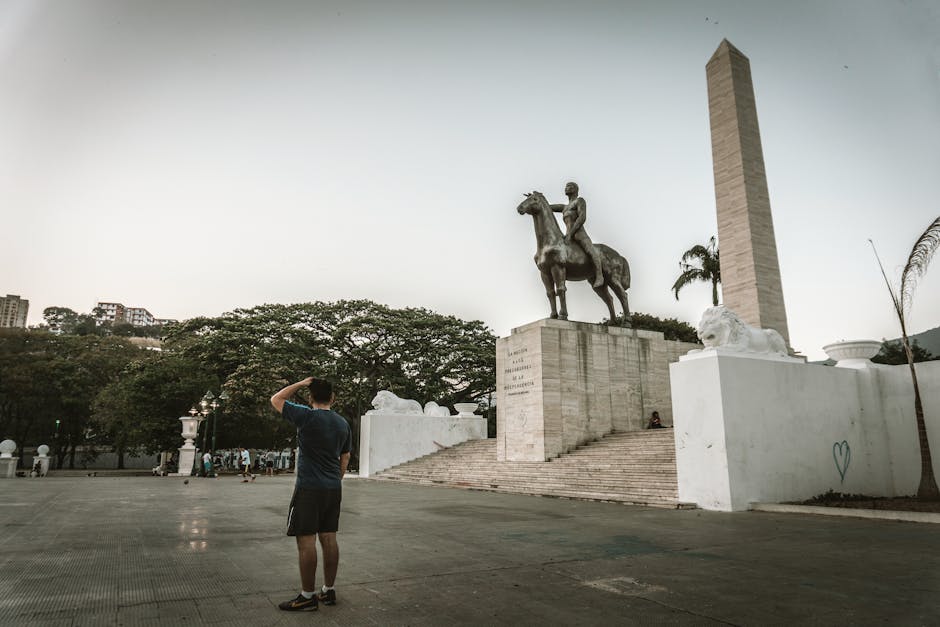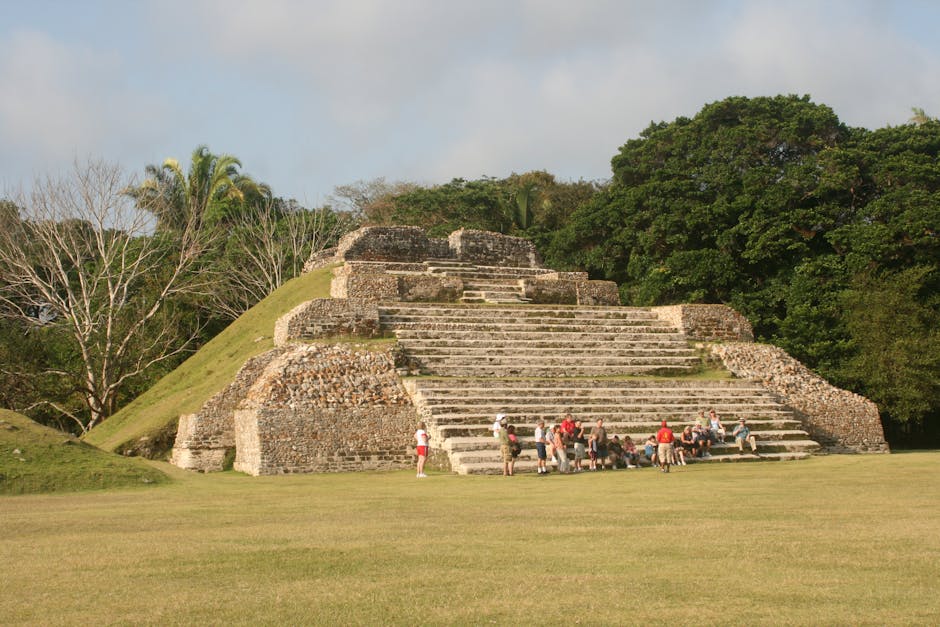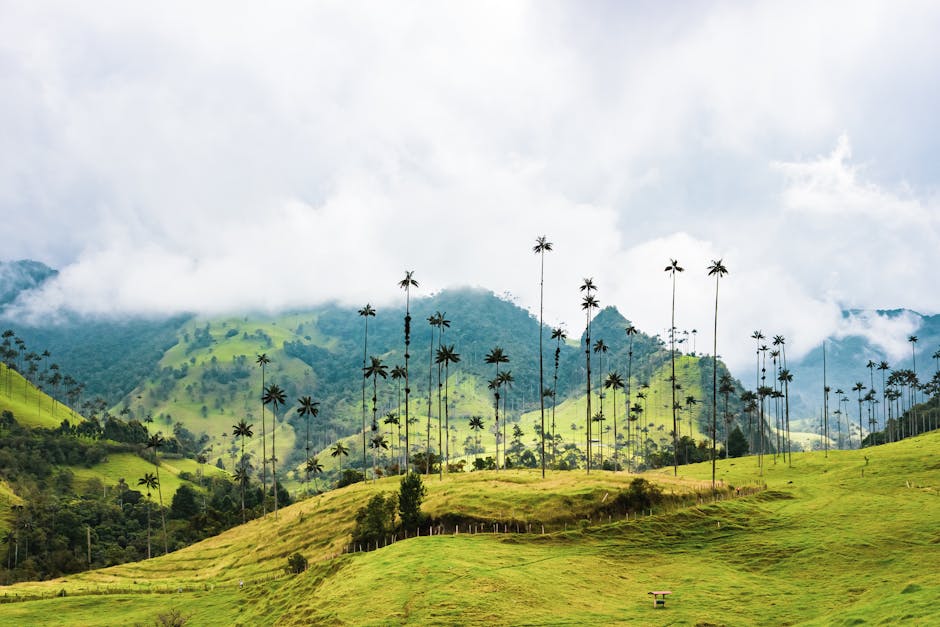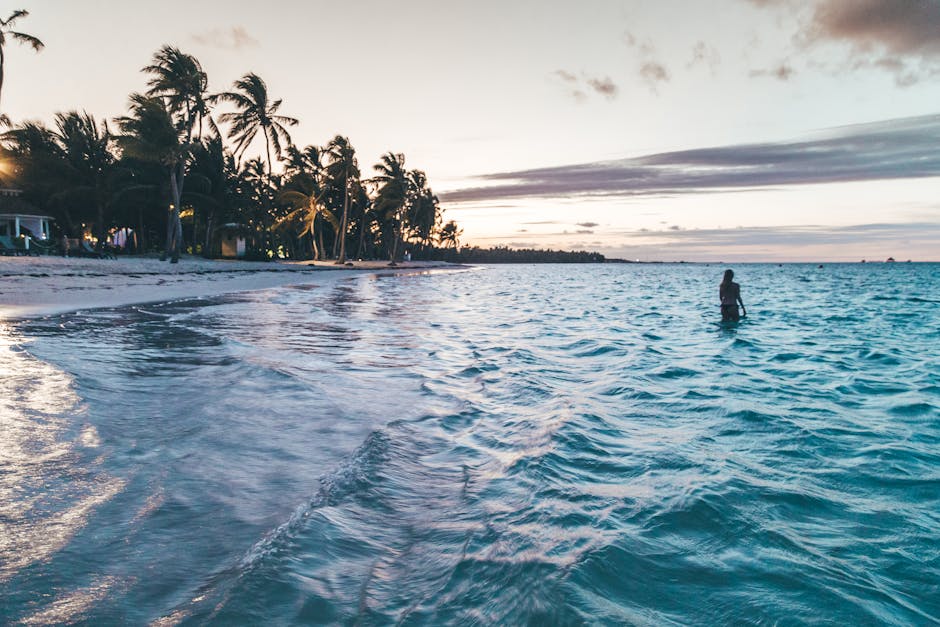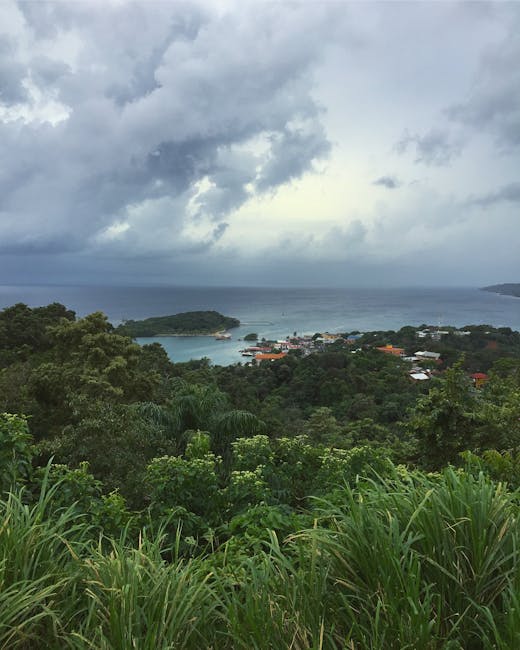Guyana
Overview
Guyana, located on the northeastern coast of South America, is a fascinating destination filled with rich history, diverse culture, and breathtaking natural beauty. Unlike its Spanish-speaking neighbors, this country's unique culture is largely influenced by its British colonial past, and English is its official language. Guyana is celebrated for its multicultural heritage, with influences from Africa, India, Amerindians, and Europe, all reflected in the local cuisine, music, festivals, and art. What sets it apart from other South American countries is its largely unspoiled rainforests, abundant wildlife, and the majestic Kaieteur Falls, one of the world's largest single-drop waterfalls.
The high season for tourism in Guyana typically runs from May to August when the weather is relatively dry, making it an ideal time for outdoor activities and wildlife viewing. During this time, the average temperature hovers around 27-30 degrees Celsius. This is the perfect time to explore the country's pristine rainforests, take a river trip, or visit the sprawling savannahs. Nature and adventure enthusiasts can enjoy activities such as bird watching, hiking, fishing, and even gold panning. Guyana's rich cultural diversity also translates to numerous festivals throughout the year. The most notable one is the Mashramani (Mash), celebrated in February, marking the country's Republic Day with colorful parades, calypso and soca music competitions, and extravagant costumes.
Before traveling to Guyana, there are a few things that teenagers should prepare for. Ensure to have all necessary travel documents, including a valid passport. While no visa is required for stays of up to 90 days for most countries, it's best to check with the local embassy or consulate in advance. Vaccinations for Yellow Fever and other routine vaccines are recommended. Travel insurance is also advised. Given the country's tropical climate, pack lightweight, breathable clothes, sturdy shoes for exploring, and insect repellent to ward off mosquitoes. Lastly, while crime rates are relatively low, it's always wise to remain vigilant and aware of your surroundings, especially in more remote areas.
A Glimpse into the Past
Guyana, located on the northeastern coast of South America, is a country steeped in rich history and cultural diversity. It is the only English-speaking country in South America, a legacy of British colonial rule. The country's history is marked by indigenous populations, European colonization, and a mix of African, Indian, and other ethnic influences that shape its vibrant society today.
The earliest inhabitants of Guyana were the Indigenous peoples, including the Arawaks and Caribs, who arrived thousands of years ago. These tribes lived off the land, fishing, hunting, and farming. Even today, remnants of their culture can be found in communities throughout the nation, particularly in the regions around the Essequibo River and the Potaro River, where visitors can explore the stunning Kaieteur Falls, one of the world’s tallest waterfalls, nestled in pristine rainforest.
In the early 16th century, European powers began to take an interest in the region, with the Spanish being the first to explore its vast and untamed landscapes. However, it was the Dutch who established the first successful settlements in the 17th century, focusing on sugar plantation agriculture. The legacy of these plantations is still visible in the architecture and layout of towns such as Georgetown, the capital city, which boasts colonial buildings like the St. George’s Cathedral, one of the tallest wooden churches in the world.
As the Dutch lost their grip on the area, the British took over in the 18th century. The British continued to develop sugar plantations and introduced enslaved Africans to work the fields. The impact of slavery on Guyana’s society remains profound. The National Museum of Guyana in Georgetown showcases the history and culture of these diverse groups, offering insights into the lives of the enslaved, their struggles, and eventual emancipation in 1834.
Following emancipation, the labor shortage in the sugar industry led the British to bring indentured laborers from India, China, and Portugal. This influx of cultures contributed to the rich tapestry of Guyanese society. Today, you can experience this diversity in the local cuisine, festivals, and everyday life. The Diwali Festival, celebrated by the Indo-Guyanese community, and carnival celebrations reflect the vibrant mix of cultural influences that characterize the country.
As the 20th century progressed, Guyana moved towards independence. It achieved self-government in 1961 and became fully independent from Britain in 1966. The years following independence were tumultuous, marked by political instability and economic challenges. The Burnham Era (1964-1985), under the leadership of Forbes Burnham, saw significant changes, including a shift towards socialism and nationalization of key industries.
For travelers, Guyana offers an array of natural wonders and adventures. The Rupununi savannah is a must-visit, where visitors can engage with local ranching communities and experience the stunning wildlife, including jaguars and giant river otters. The region is also home to the Kanuku Mountains, known for their biodiversity and opportunities for hiking and birdwatching.
Another gem of Guyana is the Shell Beach, a pristine coastline where travelers can witness sea turtles nesting, particularly between March and August. This area is part of the Shell Beach Protected Area, which highlights the importance of conservation in Guyana. The beach is a fantastic spot for eco-tourists interested in wildlife and environmental preservation.
The cultural capital of Guyana, Georgetown, is a vibrant city that offers a mix of historic architecture, bustling markets, and lively street life. The Stabroek Market is a must-visit, where travelers can immerse themselves in the local culture and sample traditional foods. The market's vibrant atmosphere showcases the diverse culinary heritage of the country, from pepperpot to roti.
Guyana's history is also intertwined with its natural beauty. The Iwokrama Rainforest is a significant conservation area, where visitors can learn about sustainable forestry and the importance of preserving biodiversity. The Iwokrama Canopy Walkway offers a breathtaking view of the forest canopy, giving travelers a unique perspective on the rich ecosystem.
For those interested in history, the Berbice River region is noteworthy. Here, you can explore the remnants of the old plantations and learn about the early colonial economy that shaped modern Guyana. The Fort Zeelandia in New Amsterdam, a critical site during the colonial era, provides insight into the historical conflicts between European powers in the region.
As you traverse Guyana, consider visiting the Timehri Airport, where the journey to the Amazon Rainforest begins. The vast interior of the country is largely untouched and offers a glimpse into the natural world that has existed for millennia. Tour operators provide various excursions into this wilderness, focusing on eco-tourism and cultural exchanges with Indigenous communities.
Guyana's modern political landscape continues to evolve, with recent elections reflecting a nation striving for unity and development. The discovery of significant oil reserves offshore has opened new opportunities for economic growth, positioning Guyana as a rising player in the global energy market. This development raises questions about sustainability and the management of natural resources, crucial topics for both locals and visitors alike.
Traveling through Guyana is not just about exploring its physical beauty; it is also about understanding the complex history that has shaped the nation. The harmonious blend of cultures, languages, and traditions offers travelers a unique experience that is both enriching and educational.
In conclusion, Guyana is a country of contrasts, where a rich historical tapestry meets breathtaking natural landscapes. From the bustling streets of Georgetown to the serene beauty of the rainforest, the nation invites exploration and discovery. Whether you are drawn by the allure of its history, the diversity of its cultures, or the majesty of its landscapes, Guyana promises an unforgettable journey into the heart of South America.
Top cities for tourists in Guyana
Discover the Famous Cities That Might Captivate Your Interests
Must-Try Foods You Can't Afford to Miss
Indulge in a Variety of Fantastic Foods During Your Stay in Guyana
May Be Your Next Destinations
People often choose these countries as their next destination





